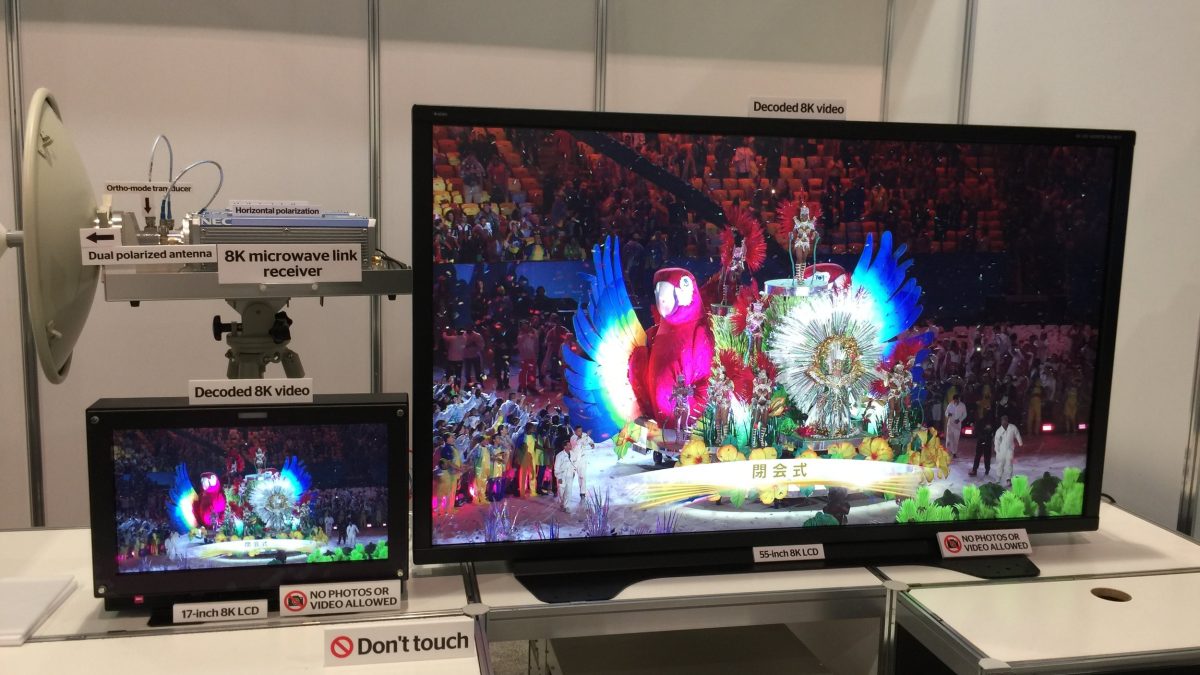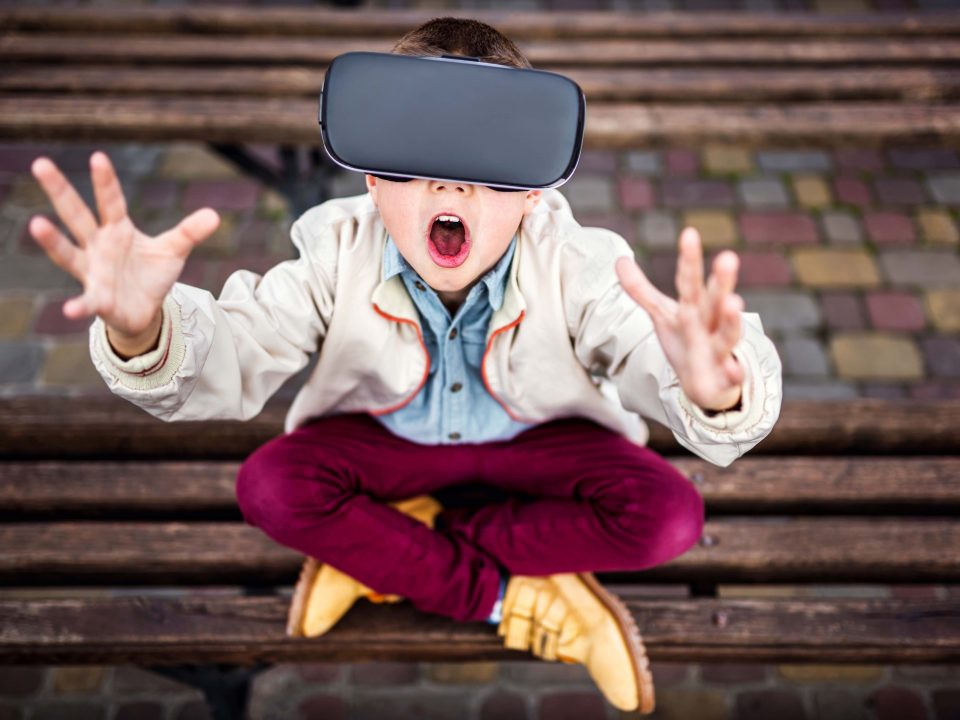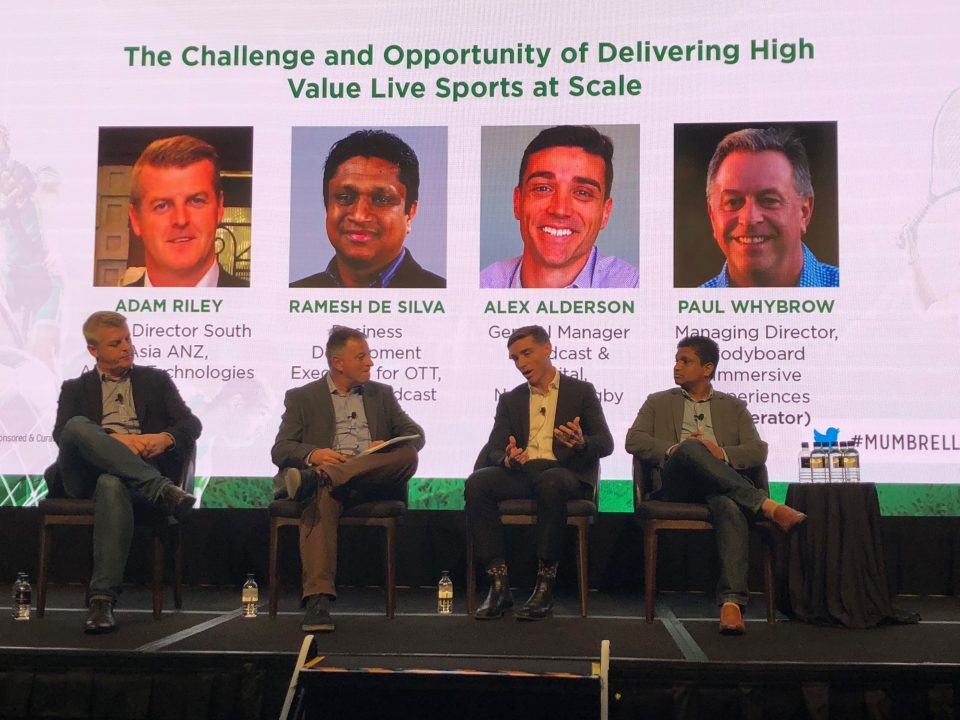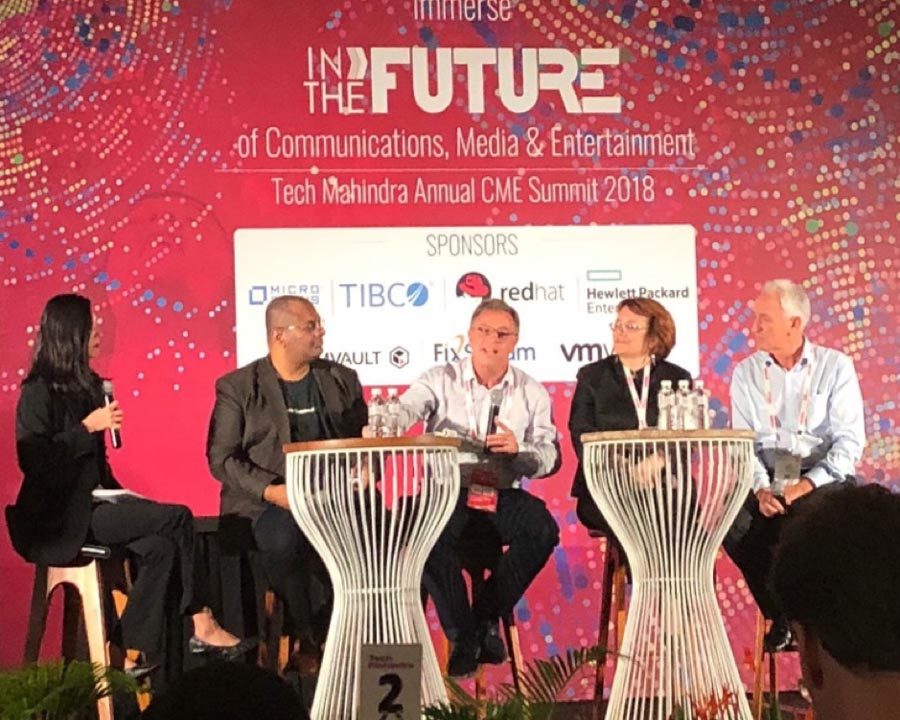Written by Paul Whybrow
With over 100,000 media professionals all gathered in one spot and now a global top 10 trade fair the National Association of Broadcasters (NAB) conference and show is certainly a mega event.
Given where the TV industry is currently, with the onward march of digital disruption and the seismic shift in the economic business model, I was honestly expecting to find a bit of doom and gloom around the place. Concerns around advertising revenue shifts, revenue falls, cable cutting consumers and viewers moving from broadcasters to online players all seemed to be overshadowed by the love of creating and distributing entertaining and informative television just with several new twists.
At the opening event President and CEO of Hearst Media Steven Swartz certainly set the economic reality. It’s “a tough environment and we are at the wrong end of the supply and demand curve, where 85% of digital advertising is heading to Google and Facebook along with 99% of growth”.
The NAB CEO and President Gordon Smith managed to be totally upbeat on why local TV is so important to the American economy. Supporting jobs, free speech whilst being the single reliable source for local news, weather traffic and local emergencies. I suppose I hadn’t realised how key local TV is in the US market – bigger than Australia, supporting 321 million people and 1,780 TV stations, the national networks are secondary to the impact of the team that bring the news, weather, traffic and sport from your local community. Recent Think box research still shows we love traditional TV. With an average of 4hrs and 37 mins per day in the UK (16-24 yrs 3hrs 27 mins) TV still accounts for 75% of total viewing.
So, what is really driving the optimism?
Well to be honest it is advancing technology mixed with the potential to win the war of creating the best individual experience for viewers.
Starting with technology, there is a whole range of advancements that are blending the IT and broadcast world. In short, the theme was IP, IP and IP, which simply means switching to Internet Protocol (IP) across everything in broadcast.
There is a lot of work going on to create a Next Gen TV standard 3.0 that will seamlessly blend digital TV with OTT (internet) TV from camera all the way through production, distribution and finally to the viewer on TV and any other internet driven device.
Secondly, the world of the broadcast engineer and the IT specialist is rapidly converging. Many of the senior leaders I spoke too were blunt – “much easier to teach the broadcast business than it is to teach the IT skills” Finally, there is a flood of exciting technology advancements from camera to post production.
HDR (High Dynamic Range) and 8K were showcased as the next quality enhancements. NHK in Japan is leading the way with a truly amazing demonstration of 8K in action – seeing the sweat pour off on the Sumo wrestlers was just too close clarity! They plan to use this extensively for the Tokyo Olympics.
Virtual Reality had double the space from last year, and could showcase cameras, producers and production solutions. Certainly small but with an optimistic desire to become part of the content mix for many more broadcasters.
Everywhere I went in the numerous halls, the use of internet to manage broadcast operations and communications was the one theme jumping out loud and clear. Whether it is using IP to create a remote OB from a suitcase, using the internet to distribute video pictures or replacing production tools with simpler IP controls and then using IP to reach the individual.
For me, the Advanced Creative Industry is certainly taking shape, where my personal perspective on business success – Experienced Centred Thinking – can clearly be seen for the TV environment:
· Content which viewers love – the creative core of TV producers and broadcasters.
· Continuing evolution of high quality pictures and audio – UHD (Ultra-High Definition) TV.
· Greater immersive experiences through Virtual Reality(VR), Mixed Reality(MR) and Augmented Reality(AR).
· Access to all platforms and devices with simple intuitive user interfaces and navigation tools.
· Social interaction, recommendation sharing with friends, and strangers.
· Discovery of content through search, curation, random finds and recommendation.
All this complexity is a far cry from the model we lived with for decades – simply produce, distribute by cable or FTA and promote like hell!
For my first experience of NAB, I came away with great optimism, that if TV embraces the winds of change it can be as powerful as it is today. The question is whether today’s broadcasters have the will or capability to adapt fast enough to avoid the mistakes the publishing industry made.
Written by Paul Whybrow





